Blood flow is priority #1 in health and healing
Without blood flow, nothing else matters. Not just because you can only live five minutes without blood flow to the brain – that’s an emergency situation – but because all other aspects of health and healing depend on the strength of your blood flow – these are your everyday needs. As I hope to make abundantly clear in this series, most expressions of heart disease are, in fact, symptoms of inferior blood quality. Believe it or not, the condition of your blood is more important than how fit your heart is.
Specifically, electro-chemical imbalances of the blood are responsible for impaired circulation, which lead to rampant cardiovascular disease. Contributing to the collapse in health, blood flow through microscopic vessels (where it counts) is seldom measured or managed – though its weakness contributes to almost every disease and dysfunction imaginable. In short, blood flow gives life, or it can take it away.
Sure, medical professionals focus on blood pressure, blood chemistry, anatomical abnormalities, conspicuous occlusions, ejection fraction, oxygen delivery and resulting symptoms. But how many health practitioners or consumers ever study blood flow as a specific area of concern, let alone a top priority in their intentional wellness efforts? Blood flow is in the middle of pretty much everything that happens in the body – whether it’s helping or hurting. So why is it so misunderstood?
Let me tell you, the science of blood flow is a big deal… the biggest I have come across yet in my years of study. And I’ve investigated many roots of wellness or illness, having written extensively about the gut and the brain, biophysics and mitochondrial health. Blood flow is the single most important biology lesson you need to know today because you, and the people around you, may now be ticking time bombs for clumps, clots or sudden death as a result of spike protein damage.
On the other hand, if spike proteins somehow don’t affect you or someone you know, the conditions that cause modern disease absolutely do – now, and always will. Specifically, the little-known science of blood flow directly influences:
- energy production and usage in the body – including oxygenation, mitochondrial output, cognitive function, healing/recovery time, and simple “energy level” weakness/tiredness
- neurodevelopment and degeneration – such as autism, AD(H)D, Alzheimer’s, Parkinson’s and dementia
- circulation problems – for example, heart attack, stroke, congestive heart failure, diabetes and neuropathy
- autoimmune issues – over 200 of them
- detoxification – leading to heavy metal buildup, overacidity, cancer and kidney failure
- conventional vaccine injuries – notably, nerve palsies such as microstrokes, Bell’s Palsy, birth defects, sudden death and Gulf War Syndrome
- as well as disease processes in general – e.g., chronic inflammation, hormone/endocrine issues, and organ failure.
The science of blood flow gives you the insight and awareness to understand all of this and hundreds more conditions. Think of it as a fork in the road that leads you to a state of optimal health and healing capacity or into dysfunction, disease and early death. In fact, Melvin Knisely (whom we will meet later) examined hundreds of patients in a local hospital, with dozens of medical conditions.
He stated plainly: “No severely ill person has yet been seen (by him and colleagues) who did not have intravascular agglutination of the blood and visibly pathologic vessel walls.” I’ll say it more simply: Poor blood flow represents the bulk of most disease processes, and a majority of the aging process. So the scenarios explored in this series are the main mechanisms of action by which poor blood flow causes much of the degeneration in our present states of disease.
Strap yourself in for the most important biology masterclass you may ever learn: Blood flow through the science of zeta potential and MASS reactions (more on zeta potential and “Moulden Anoxia Spectra Syndrome” to come). It is a pillar principle of health and healing that drug companies have gotten medical educators to tip-toe around for more than a hundred years… that is, until the pandemic forced inquiring minds to re-examine the works of researchers past to find answers. As I hope to show you, the dynamics of blood flow is like a whole new branch of health and healing. I think it’s more essential to understand than diet or exercise. And it will influence our approach to wellness for generations to come.
Disclaimers
I am not a medical professional of any kind. I am an online researcher and author that communicates the science so consumers and practitioners can both understand essential concepts they need to know. Along the way, I dispel establishment dogma that is not serving humankind. Because of that, medical science would consider this material speculative and unproven. The truly threatened would call it misinformation or conspiracy theory.
I say, these ideas extend to the edge of science and beyond. I have no doubt some contentions will ultimately prove to be somewhat off-base or even incorrect. But I believe most of the ideas will not only change the way consumers and professionals think about mundane processes happening inside the body, they will shatter paradigms because they are so basic and fundamental to life, yet misunderstood.
In doing so, I try to express precisely how confident I am in what I’m saying so people don’t confuse my theories with widely-accepted facts. I acknowledge it may be easy for newcomers to confuse statements with suppositions. But I’ll compare my hunches against organized medicine’s “facts” any day. We’ll see whose information is more truthful, transparent and beneficial.
That means the health and happiness of you and your loved ones depends on accurate thinking and decision-making, now more than ever. You must judge for yourself if these concepts fit within your logic and experience. Or you can put your trust and support behind the sickcare industry and hope for the best.
FDA statement: This information has not been evaluated by the US Food and Drug Administration. It is not intended to diagnose, treat, cure, or prevent any disease.
Legal Disclaimer: This material is for educational purposes only. It is not intended to be used as a substitute for professional medical advice, diagnosis or treatment. The author(s) make no representations, and assume no responsibility, concerning the accuracy, safety, efficacy, or appropriateness of the products, procedures, tests, treatments, services, opinions, or other information contained herein.
Consult your health professional before undertaking any new diet, treatment or lifestyle change, especially if you have preexisting medical conditions, are pregnant, or are taking prescribed medications. Proper treatment of health conditions depends upon a number of factors, including, but not limited to, your medical history, diet, lifestyle, and medication regimen. Individual results may vary.
Copyright disclaimer: Some images may be the copyrighted property of others. I have attempted to find the rights holders, in order to ask permission to use their images. But in cases where I could not find the owners, no copyright infringement is intended. Fair use is claimed for non-commercial, educational purposes.
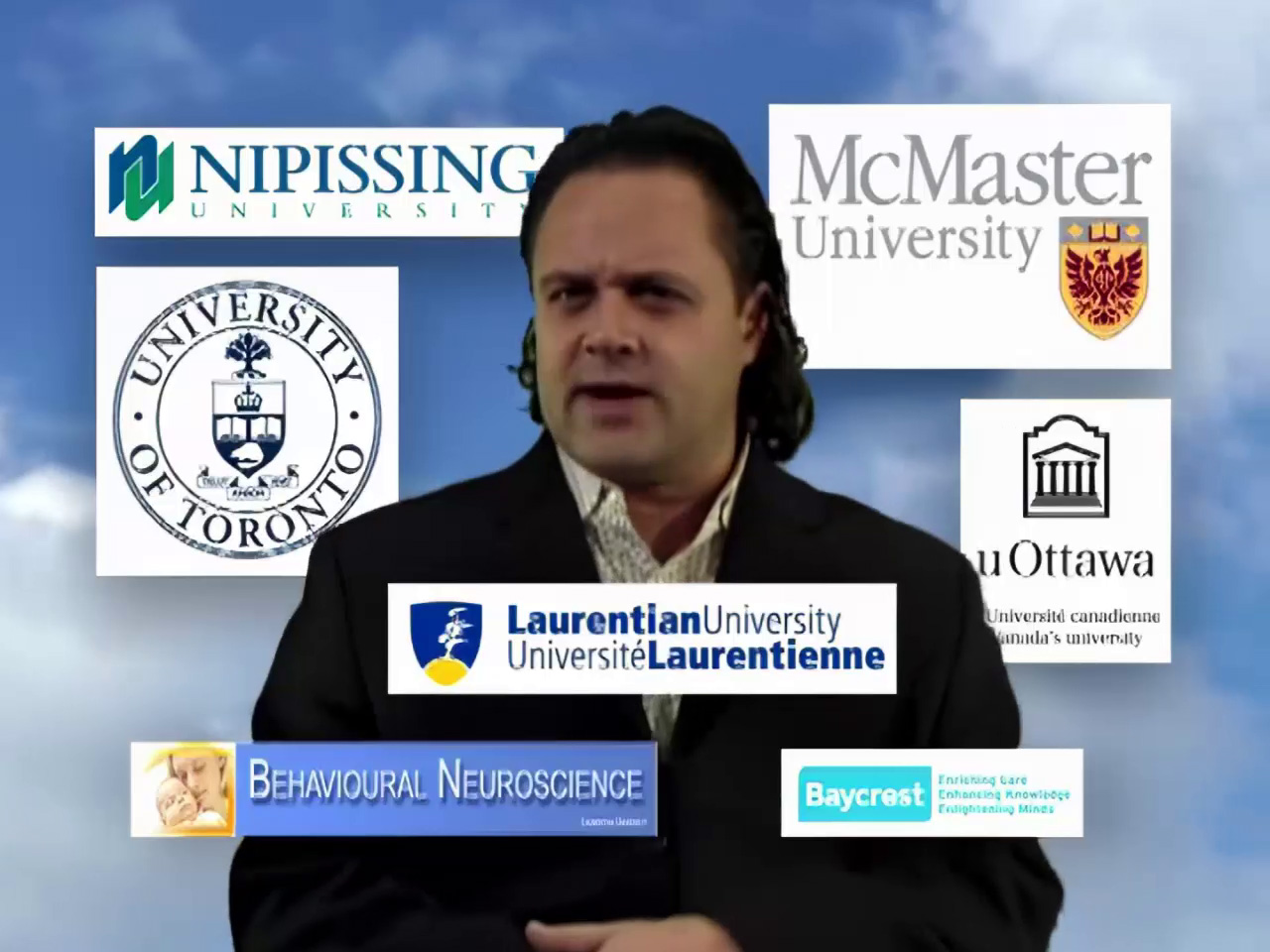
Dr. Andrew Moulden’s professional accreditations and affiliations.
Meet Dr. Andrew Moulden
A primary information source for these monographs, Dr. Andrew Moulden (1964-2013), was a Canadian physician and medical researcher who studied neurodevelopment and the origins of disease through the lenses of blood flow, nerve function, and immune system activation. Suppressed after his death in 2013, and re-discovered by inquiring minds, his research helps us understand the causes and consequences of poor circulation and immune reactions. His work, outlined in Parts I and III, suggests ways that we can avoid or escape the misfortune of modern disease happening all around us.
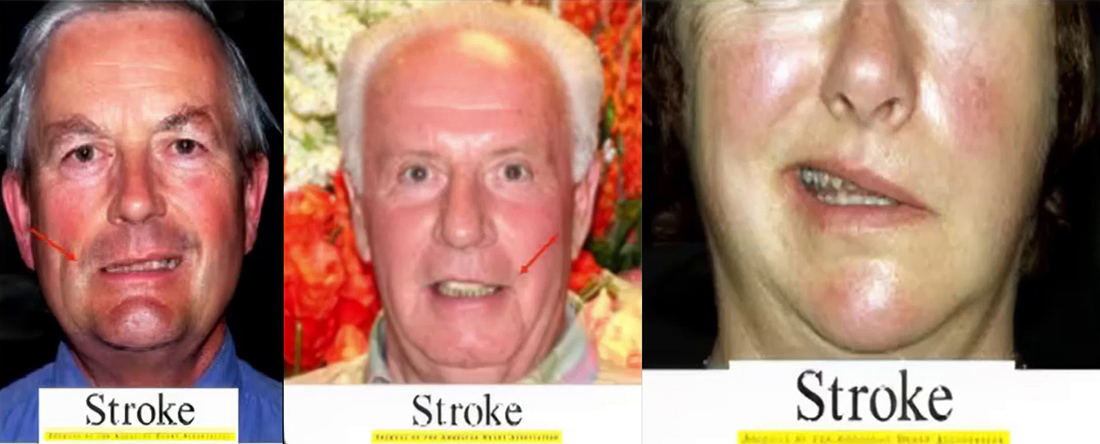
Classic stroke in adults.
We know the signs of overt stroke. But small-vessel strokes are more prevalent and insidious
The classic signs of stroke are well-known: Drooping face, slurred speech, blurry vision, weakness in one side, loss of balance, numbness and confusion. But how many people realize that impaired blood flow through tiny capillaries of the brain causes ministrokes affecting the nerves and muscles of the face?
They are the same thing happening, only (1) on a smaller scale, (2) they occur at any age, and (3) have a subtler onset and presentation. In other words, microstrokes are seldom noticed for what they are, despite how much damage they do in all age groups.
To begin the investigation, there are twelve nerves in the head that control muscles of the eyes and face. Medicine refers to them as “cranial nerves.” When the vessels that supply blood to these nerves is clogged, you can observe the muscles of the face malfunctioning… that is, when you know what to look for.
However, when you don’t know what you’re looking at, it’s easy to miss these ministrokes. Incredibly significant, the vessels supplying the back of the brain, where the cranial nerves originate, are smaller than those supplying the front of the brain. As a result, “sludgy” blood reduces circulation to cranial nerves at the back of the brain, before frontal lobes are affected.
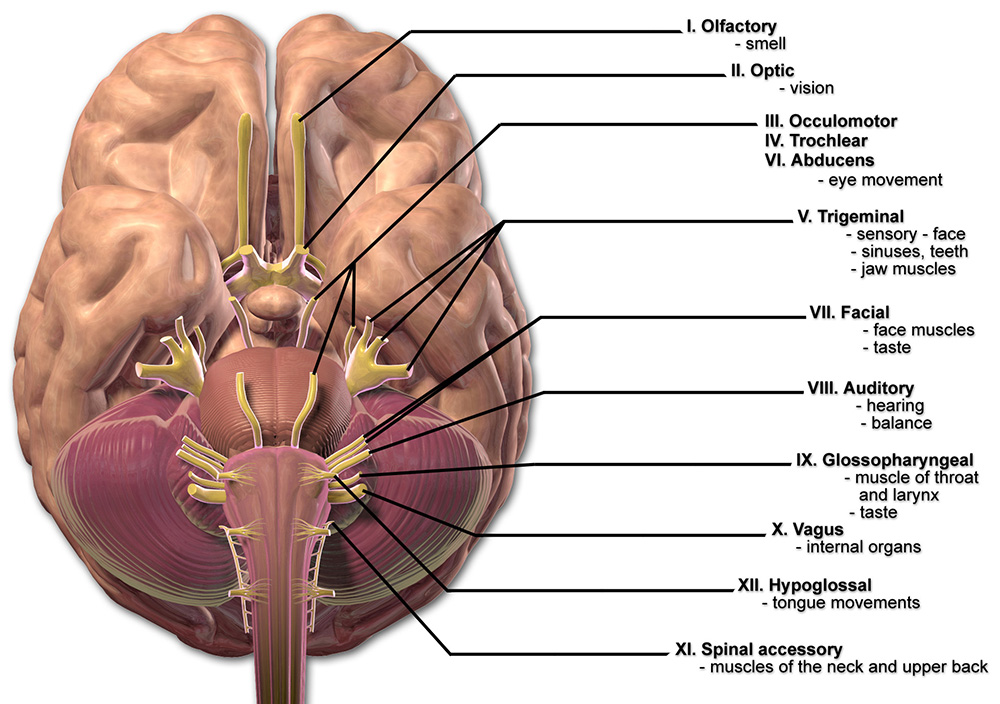
The cranial nerves are numbered one through twelve, from the front of the brain to the back.
Watershed areas of the vasculature are especially vulnerable to clogging
The first areas in the body to be affected by microstrokes are the smallest, most remote blood vessels in the circulatory system, without a backup blood supply – including those in the brain, toes, finger tips, and portions of some internal organs. Dr. Moulden called these small-vessel drainage networks of the circulatory system “watershed” areas. These return-flow, end-vascular territories are the ones to watch most closely, because they are responsible for causing most of the functional deficits that parents and practitioners might easily miss.
For context, organs and tissues that are critical to sustaining life, including the heart and brain, have areas with multiple sources of blood supplying them. With redundant vasculature, these areas can tolerate interruptions and survive on alternative blood supply. But not the cranial nerves. Cranial nerves in the brainstem are particularly vulnerable to strokes because they sit in a watershed region with only one way in and out. That’s why deficits occur frequently in this area of the brain, without people connecting the dots as to source and solution.
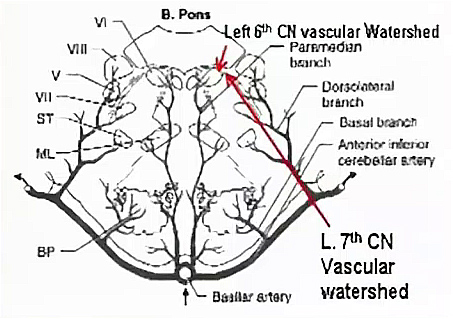
The 6th and 7th cranial nerves (top branches) are at the end of the basilar artery blood supply (bottom center). This makes them most susceptible to circulatory interruptions.
Most destructive, these blockages impair not just motor and sensory nerve function. They also disturb cognitive function, sensory processing, behavior and emotions – leading to neuro-developmental conditions such as autism spectrum disorder, ADD and learning disabilities. Further, when microstrokes in the brain make cranial nerves malfunction, clots are also likely to occur in peripheral blood supply to other internal organs or center-brain areas that control speech.
![Andrew Moulden presenting cranial nerves diagram [small].](https://themitoman.com/wp-content/uploads/2023/08/Andrew-Moulden-presenting-cranial-nerves-diagram-small.jpg)
Dr. Andrew Moulden pictured on screen and at the podium. Image credit: Flickr author: moneypenny42. Fair use claimed for educational purposes.
The easiest way to see cranial nerve dysfunction is in alignment of the eyes
Muscles of the eyes are aligned by four nerves, working in concert (Roman numerals VI, III, IV and I). When blood flow to a cranial nerve is blocked, the muscles it controls becomes at least partly paralyzed and the eye goes out of alignment. This is commonly seen in individuals with autism, ADD, mental retardation, Gulf War Syndrome from anthrax vaccines, and neurodegeneration. But, crucial for you to know, paralysis of a nerve is not an all or nothing affair. Rather, microscopic clots anywhere along a nerve’s pathway (most nerves are several inches long) can cause any amount of dysfunction from hardly perceptible to completely disabling.
Note: Many pictures of cranial nerve damage/facial asymmetries that follow were pulled from Dr. Andrew Moulden’s DVD series “Tolerance Lost.” If you want to know where disease, disability and early death come from, you absolutely must watch the series. Watch here for free.
Hidden in plain sight: Cranial nerve damage
Seemingly insignificant but remarkably revealing: You can spot microscopic clotting of vessels and paralysis of nerves, just by observing asymmetries in the face.
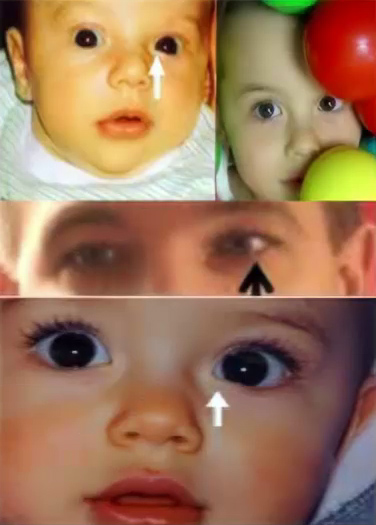
Here, the 6th cranial nerve is weak. It is overpowered by the 3rd cranial nerve, which pulls the eye inward.
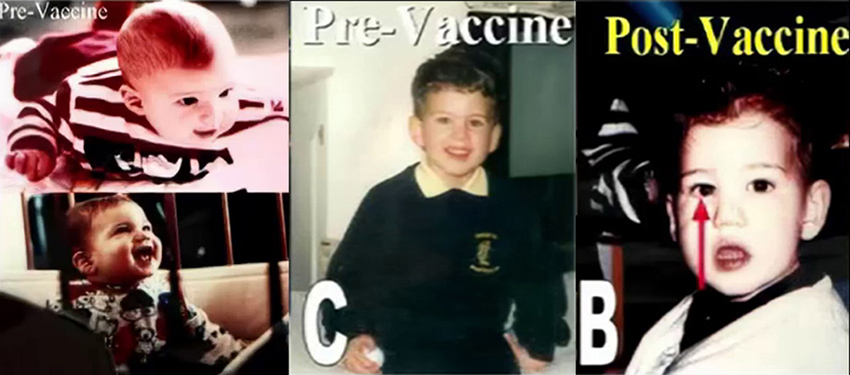
Another example of 6th cranial nerve dysfunction. Photos ‘C’ and ‘B’ taken less than 48 hours apart. Note the blank stare post-vaccination, suggestive of cognitive impairment.
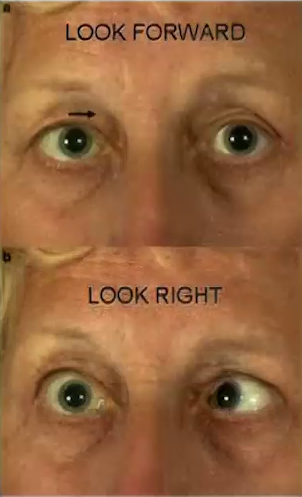
But it’s not always apparent which nerve/muscle combo is weak. You may need to have them look in different directions to tell. In this case, looking forward shows a subtle weakness in the right 6th nerve, but a profound deficit when looking right.
Cranial nerve VI
This nerve (one on each side) controls the muscle that makes the eye look outward. When blood flow is blocked to the sixth nerve, the muscle that pulls the eye outward (6th) is overpowered by the muscle that pulls the eye inward (3rd), resulting in one eye turned inward at rest. When you look side to side, outward movement of that eye may be jumpy as well, rather than smooth (although you may need to examine the movement in slow-motion to see it). Again, circulatory deficits to cranial nerves can result in any degree of dysfunction from hardly noticeable to an obvious appearance of brain damage.
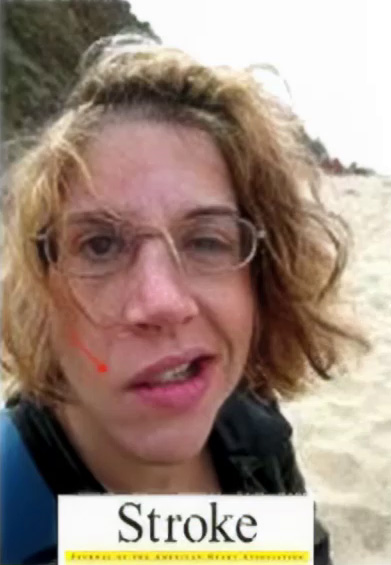
Example of profound 7th cranial nerve dysfunction in adult. Not all cases are this obvious.
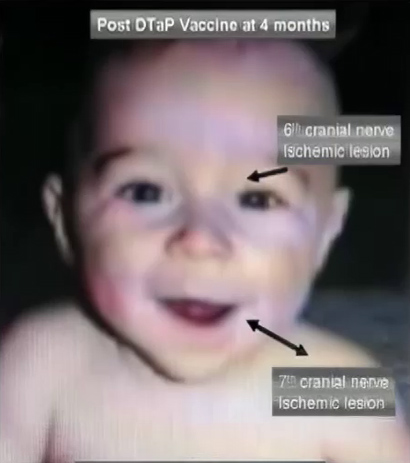
Here we see subtle, left-side 7th cranial nerve damage presenting as a lop-sided smile. Key Point: Absent this information, this small degree of brain damage from microstroke would almost certainly go unrecognized by parents and clinicians.
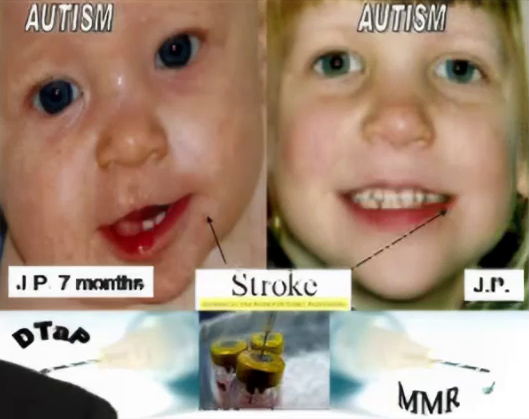
Example of 7th cranial nerve dysfunction in baby and young child. Note how subtle a facial asymmetry can be on right. Dr. Moulden states emphatically that when you see facial asymmetry like this, is it brain damage caused by ischemia (lack of blood flow/oxygen) 100% of the time.
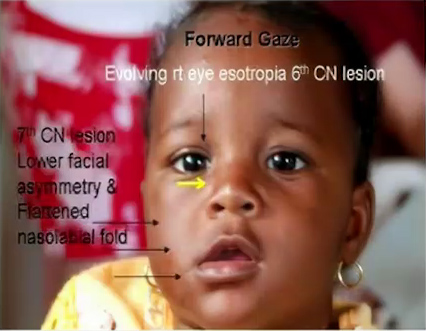
This young girl displays substantial right-side 7th and 6th cranial nerve function deficits.
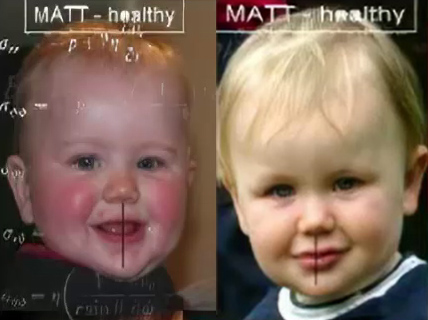
Here’s baby Matt, healthy and happy before vaccination injury.
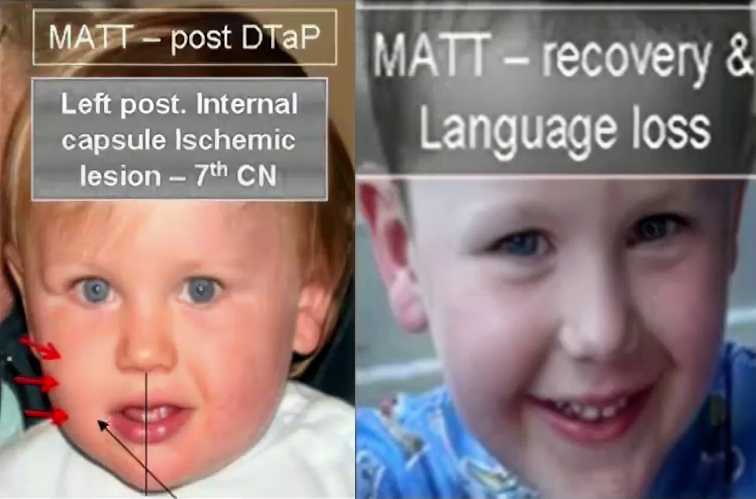
After getting his DTaP shot, Matt displays moderate, right-side 7th cranial nerve damage presenting as a lop-sided smile and a deficient nasolabial fold. It is brain damage caused by interrupted blood flow. He partially recovers between shots (right), with facial asymmetries improving, but losing language skills.
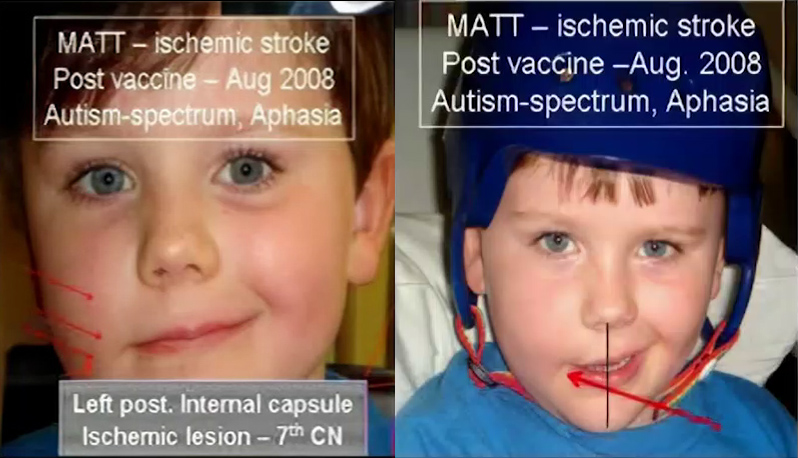
His brain/nerve damage recurs after another round of vaccines. Dr. Moulden notes you can have autism without showing visible effects on the face like this. He says autism is a collection of microstrokes happening throughout the brain.
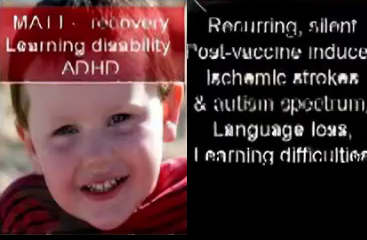
Finally, cranial nerve function is restored, but Matt is left with persistent learning disabilities and ADHD. The takeaway: It’s common for symptoms to wax and wane over time due to subsequent exposure and interim healing. This tricks people into believing the physical and behavioral disorders they see are normal and natural. My opinion: Brain damage and physical disabilities should never be excused away as bad genes or bad luck.
Cranial nerve VII
This nerve controls many muscles in the face. When nerve VII grossly malfunctions (such as a classic stroke), one side of the face will droop noticeably. Dr. Moulden describes the nerve’s operative effect on the eyes as a virtual hook that draws the eyelid shut when you blink. When the dysfunction is mild to moderate, the crease from the nose to the corner of the mouth (nasolabial fold) flattens, the cheek may lose bulk when smiling, and/or the smile is crooked.
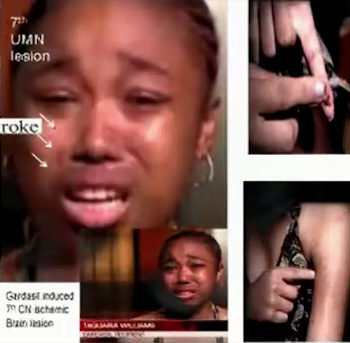
This young lady displays 7th cranial nerve dysfunction, as well as easy bruising and bleeding from the fingertips. She has circulation problems.

Justin Bieber was diagnosed with Ramsay Hunt Syndrome. If accurate, this condition is primarily nerve damage from autoimmune attack, rather than simple blood clots. Although, both could be happening. Fair use claimed for educational purposes.
Bell’s Palsy and Ramsay Hunt syndrome involve 7th cranial nerve dysfunction. Ramsay Hunt can also affect nerves VIII, IX, V, and VI (in order of prevalence). Another test: Have the individual puff out their cheeks. If the cheeks or nasolabial folds are uneven, or the mouth droops, the 7th cranial nerve is not working properly.
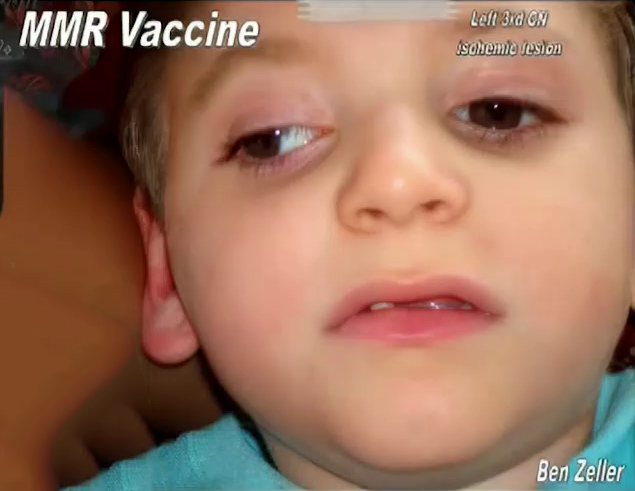
Benjamin has 3rd and 7th cranial nerve injuries (7th CN damage is not obvious in this shot).
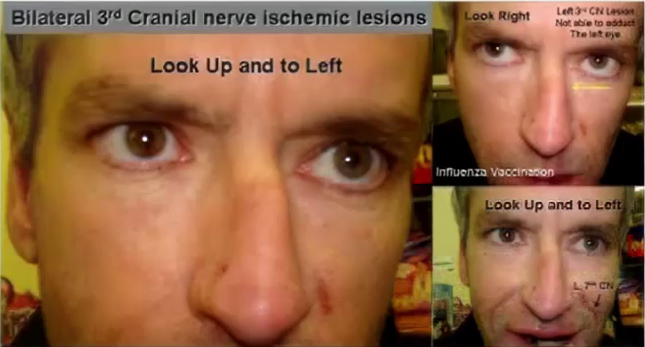
This guy, a schizophrenic, is experiencing bilateral 3rd cranial nerve palsy after receiving an influenza vaccine. He was unable to look straight up for a few hours, while in the acute phases of microstroke.

3rd CN lesions can appear to be what we call a ‘lazy eye.’ I haven’t heard Dr. Moulden say if it is ever caused by anything other than ischemic stroke.
Cranial nerve III
This nerve controls inward movement of the eye. Dr. Moulden describes the operation of this nerve as three pillars opening the eyelid and holding it open.
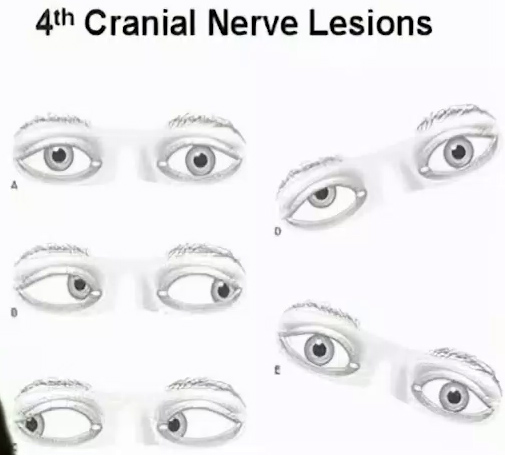
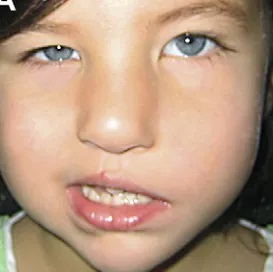
This young lady has multiple cranial nerve lesions. Can you guess which nerves are affected?
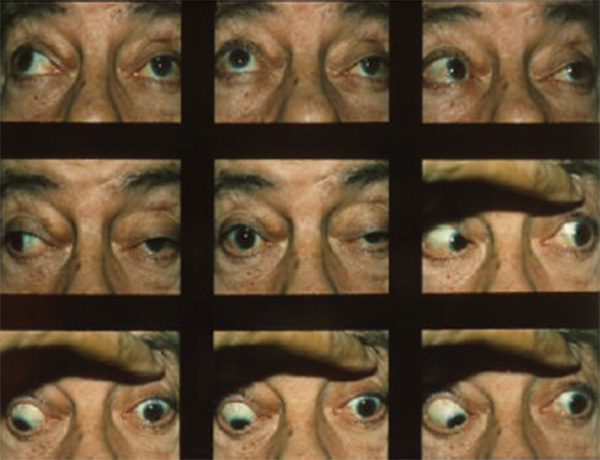
This guy also has multiple cranial nerve palsies. Image credit: North American Neuro-Ophthalmology Society. Fair use claimed for educational purposes.
Cranial nerve IV
This nerve controls the muscles that makes the eyes look down and inward, as you would activate when looking at the tip of your nose. It also keeps the eyes level. When it malfunctions (usually from poor blood flow) the eye tilts upward, and the individual may unconsciously compensate by tilting their head toward the affected side to bring their eyes into alignment.
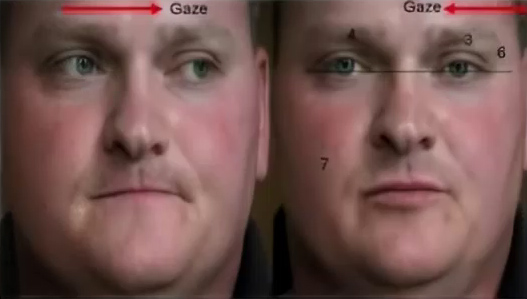
This is a Gulf War vet that was injured from anthrax vaccination.
You may need to examine slow-mo video to see asymmetries in blinking
One trick that Dr. Moulden used to evaluated cranial nerve function is to record his patients on video and replay it in slow-motion to see asymmetries that were undetectable in real time. He found that when cranial nerves were damaged, the eyes did not blink in unison. He also noted that slow-motion video is an especially accurate way to test, because asymmetries in blinking cannot be controlled consciously.
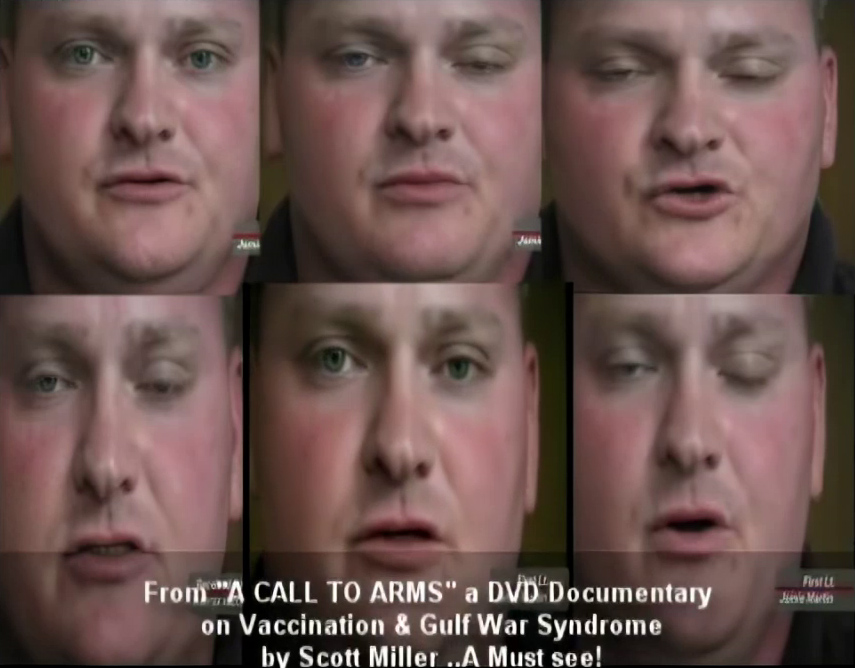
Fair use claimed for educational purposes.
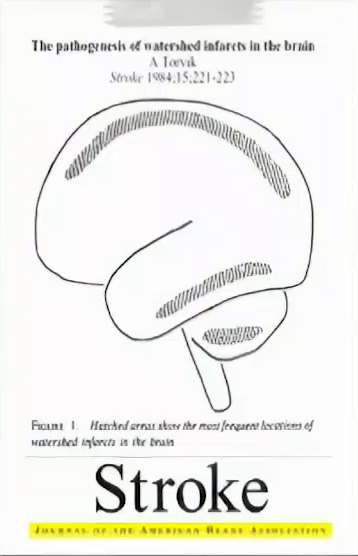
Image credit: Stroke (medical journal). Fair use claimed for educational purposes.
Common effects of microstroke in watershed regions of the brain
From the image above: The curved area highlighted at the top of the brain is a watershed region. This area tends to be damaged in cases of Alzheimer’s. The hatched area in the middle of the brain (temporal lobe) is another watershed area. Microstrokes occur frequently here in autistic populations, leading to facial expression, social and sensory processing difficulties. The base of the brain (cerebellum) houses another watershed region. Small strokes in the cerebellum can impair movement, posture and coordination. For example, toe walking in autistics, as well as stiffness in general, are very likely due to deficits in these areas.
Some small clots cause symptoms you can see immediately
If you look at all the recent videos of public figures collapsing on TV (link to video, longer compilation), mid-2021 to present, you’ll notice many of them can’t see straight right before they lose consciousness. What you’re looking at is sludging (aka “agglomeration” or “agglutination”) of the blood causing clots that supply cranial nerves VI, III, IV or I.
Other blockages may be happening as well, but there is only one thing that can cause such sudden, unmistakable eye gaze instability: blood clots and nerve paralysis of cranial muscles. Plus, you can see plugged vessels turn a state of normal functioning into motor dysfunction over a one- to two-second span, before they keel over.
This new type of collapse that we rarely saw before looks different than tradition fainting. Fainting typically looks like all the muscles go weak simultaneously and the person crumples straight down due to a loss of consciousness. Whereas a vaxx-collapse looks like some areas of the brain shut down suddenly from microstroke(s), while others remain active to keep some muscles tensed, if not in seizure. I’ve heard this phenomenon called “planking,” or “fish out of water syndrome” for the seizure variety. Video of planking.
How to test for facial nerve-muscle paralysis
Dr. Moulden offered the following simple test to measure muscle activity: To prove that nerve damage has occurred, he placed electrodes at the corners of the forehead or cheek. If electrical impedance (i.e., resistance, which is an inverse measurement of conductivity) was higher from pre-vaccine to post-vaccine, and/or from one side to the other, he knew that facial nerves had a weaker neuromuscular connection.
Basically, disparities in nerve conduction match facial asymmetries. In almost every case, this is caused by impaired circulation paralyzing the nerve to that muscle. But, let’s not forget, not only can the degree of paralysis vary, but it often fluctuates as clots get better or worse over time – especially after childhood vaccination. However, the presence of nerve damage cannot be argued.
Medical imaging equipment does not have sufficient resolution to see microclots
A big reason why modern medicine fails to detect, treat or even acknowledge the presence of these microstrokes is that diagnostic imaging machines such as MRI, CT, SPECT, ultrasound or x-ray cannot detect clots in vessels that are the width of a blood cell (~8 microns). As a result, many practitioners neglect that which they cannot see, and are not looking for: clots in the microvasculature. Their training and equipment don’t go there, so most don’t consider, let alone treat occlusions at that level.
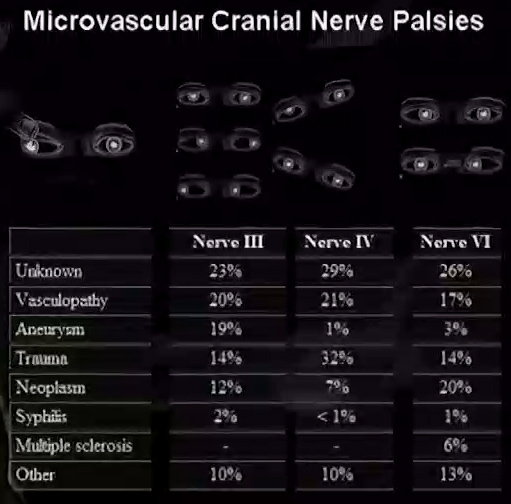
The ophthalmology literature says cranial nerve palsies are caused by this list of conditions. Note how many are a consequence of poor blood flow. Source: North American Neuro-Ophthalmology Society.
Other conditions caused by interrupted blood flow
Sudden Infant Death Syndrome (SIDS)
When both eyes turn inward, that usually means blood flow is disrupted to the sixth cranial nerve on both sides of the brain. Unfortunately, the area of the brain that controls outward movement of the eyes is right next to respiration centers in the brainstem (pontine respiratory centers). This section of the brainstem controls respiration, so when blood flow to one side is blocked, the individual may stop breathing intermittently.
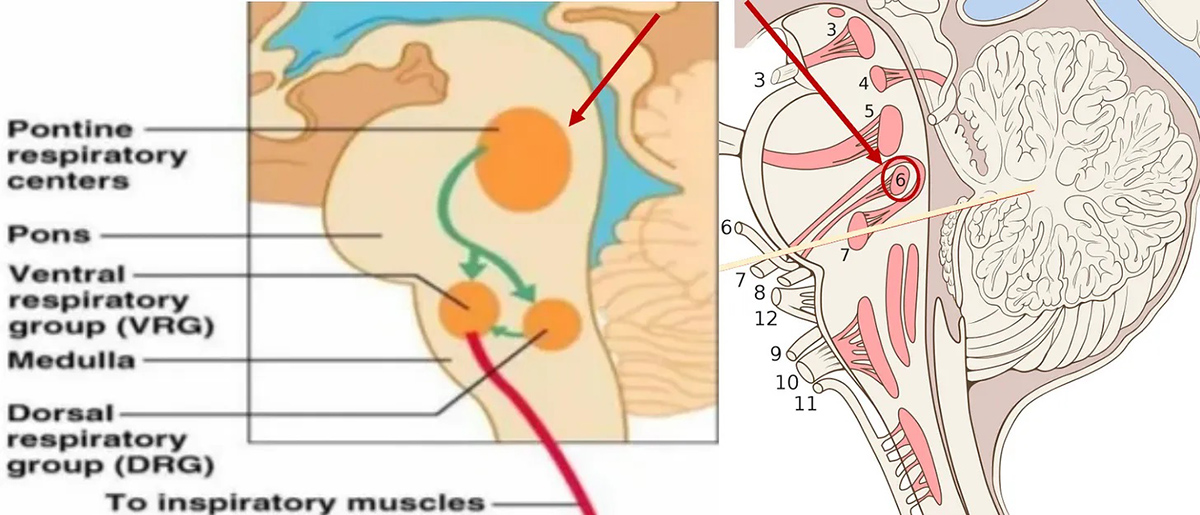
Note how close the pontine respiratory centers are to cranial nerves 6 and 7. Fair use claimed for educational purposes.
But when blood flow is thoroughly blocked on both sides, your autonomic nervous system stops telling the lungs to breathe entirely. This is what causes the failure to breathe that results in “sudden infant death syndrome” (SIDS) and likely some cases of “sudden adult death syndrome” (SADS), since the COVID vaccines came out.
Alternatively, when blood flow to cranial nerves is blocked while a baby is still in the womb, nerves may not develop properly to the respiratory centers. Post-birth, this causes sudden infant death. But because oxygen is being provided by mother’s blood supply, the baby survives gestation.
Other areas of the brain may take over the respiration function. New vessels can grow around blockages. Or clots may resolve themselves. However, the child may be left with microstrokes and nerve palsies, which present as birth defects called “Moebius Syndrome.” When this happens to sixth cranial nerves bilaterally, both eyes turn inward. This gives the individual the unfortunate appearance of what used to be called “retarded.”
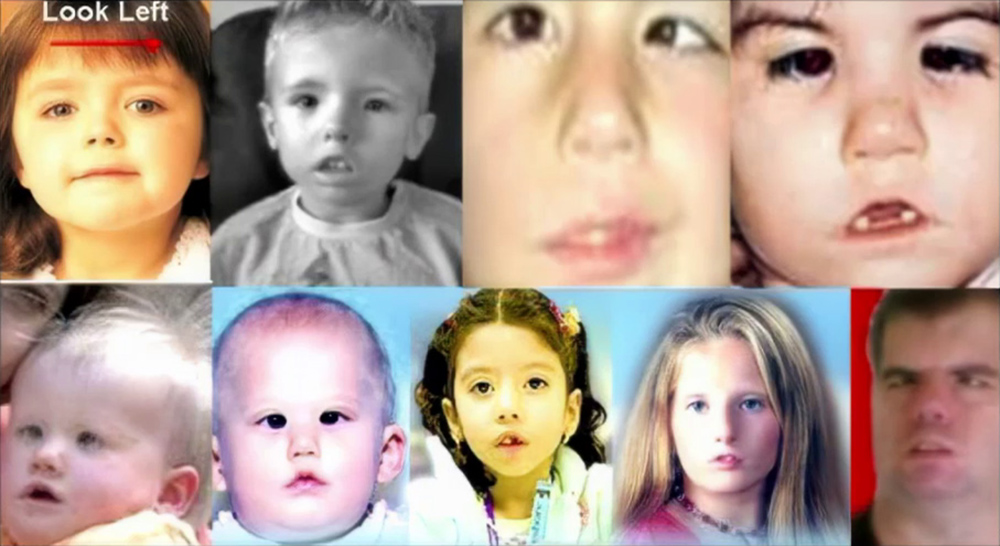
Birth defects
We used to think the placental barrier blocks harmful substances from getting into baby’s bloodstream. But we now know that pathogens, vaccine ingredients, heavy metals and other toxins are easily passed from mother to baby. These produce the same effects in baby that they do in adults: lost zeta potential (more about zeta and MASS below), MASS reactions, agglomeration, clots and nerve palsies. The difference in the womb being, complete loss of blood flow anywhere in the circulatory system of a rapidly-growing fetus can inhibit formation of nerves, bones, soft tissues such as brain matter, organs or limbs.
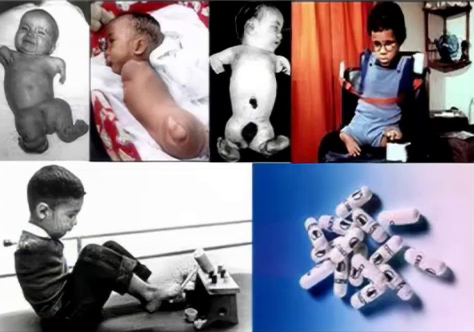
This, Dr. Moulden believes, is what causes many, if not most, congenital birth defects. It’s simply a lack of blood flow terminating major nerves, before new limbs or tissues can be formed. He cites thalidomide, rubella, and Gulf War anthrax vaccine pregnancies as exposures that have caused missing limbs at birth.
Erectile dysfunction
We all know that blood flow problems cause erectile dysfunction (ED). The question is, ‘why has ED increased so dramatically in such a short period of time?’ I believe ED is primarily driven by hormonal and biochemical imbalances from artificial light exposure, wireless radiation, endocrine toxins, unnatural daily and seasonal cycles (circadian and infradian rhythms, respectively), and general disconnection from Nature.
As examples, nitric oxide controls erections. It’s made by sun exposure. Testosterone is integrally involved in the sexual response, but its availability is reduced by a lack of full-spectrum sun exposure on the eyes and skin, too much artificial blue light from screens and LED bulbs, a sedentary lifestyle, and hormone/endocrine disruptors in the food supply (e.g., GMO soy products).
After the signaling step described above, poor circulation is another (downstream) cause of ED, because blood flow carries out the wishes of the brain and endocrine system. That means your circulation can be derailed independently from hormonal/biochemical signaling. But, thankfully, it also means the products and practices you employ to enhance circulation are likely to help you fix ED, once the biochemical imbalances are taken care of.
Impaired blood flow in pets
The conditions that impair circulation in humans can’t help but cause circulatory problems in our pets as well. Perfect example: Dogs are evolutionarily adapted to be in direct contact with the ground (aka earthing) more than 99% of their lives. This would provide them the free flow of electrons from the earth that thins the blood with zeta potential (net negative charge).
Unfortunately, the longest periods of earthing that most indoor dogs get these days is maybe half an hour a day going for a walk. To make matters worse, commercial dog food is cooked, processed and very salty. Of course, dogs are meant to eat meat that’s naturally salty. But modern living deletes salt’s counter-balancing force that a dog’s biology is designed to get in copious quantities: earthing. No wonder half our pet dogs die of cancer.
Blood flow is needed to rid the body of chemical toxins, metabolic waste and pathogens
Of course, the main purpose of blood flow is to deliver oxygen on red blood cells (mitochondria use O2 to make ATP) and carry carbon dioxide back to the lungs. But blood flow is needed for other things that are almost as important, though not nearly as urgent.
Examples: Detoxification is an underappreciated function of circulation. Some toxins are transported in the bloodstream to detox organs such as the liver, kidneys and skin. Another: Platelets are needed to stop bleeding. A third: Circulation brings white blood cells to tissues to suppress pathogen growth. All of this means that circulatory slowdowns and blockages inhibit respiration, detoxification, and immune cell access.
“In order for a mold, virus, bacteria or cancer cell to grow, they must colonize. High zeta potential stops colonization.” — Thomas M. Riddick.
Evidence supporting Dr. Moulden’s theories
- Moulden reviewed at least one autopsy of a child who had died of congenital rubella (infected through the mother in pregnancy). In addition to small strokes in the brain, he saw signs of strokes occurring throughout the periphery of internal organs.
- The most striking example of vaccine-induced disturbance to the blood supply: Dr. Moulden reported that military families had given birth to babies with missing limbs after receiving the anthrax vaccine. The military actually warned service people not to get pregnant for 18 months after vaccination due to the risk of missing limbs. Dr. Moulden believed thalidomide caused similar birth defects in babies through the prevention of blood vessel formation early in pregnancy.

- Likewise, Dr. Moulden observed many cases of neurodegenerative processes occurring in seniors after vaccination. The Substack author, A Midwestern Doctor, has come across numerous cases of dementia progressing rapidly after spike protein vaccination. Thus, Moulden and A Midwestern Doctor believe conditions such as Alzheimer’s and dementia are caused by the same conditions that disturb brain development in children: loss of blood supply, nerve paralysis, and subsequent tissue damage. As evidence, A Midwestern Doctor and others note that symptoms of neurodegeneration often improve when cerebral blood flow is restored.
- Moulden observed that many individuals with psychiatric disorders such as schizophrenia had what appeared to be the same root cause as neurodegeneration: cranial nerve damage. Indeed, mainstream medicine, to this day, is slow to recognize that neurological damage can disturb psychology, such as mood and behavior disorders.
- Moulden noted that certain microbial or viral infections tended to impair blood flow in certain areas (consistent with tenets of Chinese Medicine), and the loss of circulation could produce different results from one person to the next – meaning, you never know where, when or how a clot will affect a person; it appears to be totally random.
Summary
Dr. Moulden observed heavy metals, infections, and hyperactivation of the immune system having a wide range of effects on the body. At the same time, he lamented that a foundational error of mainstream medicine is their (over)focus on finding enemies to demonize such as smoking, saturated fat or cholesterol, instead of identifying common pathways through which disorder is both caused and healed.
His conclusion: The health or sickness of an individual hinges on the quality of: zeta potential, blood flow, oxygenation, immune cell competence, and detoxification. In a word, health or sickness is a function of your lifeblood. Here’s what happens when your lifeblood slows or stops:
Three types of stroke (plus a bonus)
- Embolism (mobile). A clot breaks off somewhere in the circulatory system and circulates around until it gets stuck in a blood vessel that it’s too big to fit through.
- Hemorrhagic. A vessel ruptures and leaks blood into surrounding tissue.
- Thrombotic (local) clot. Damage to the inner lining of a blood vessel (called the endothelium) activates an inflammatory healing response, which forms a clot in that area.
- Transient (not permanent). In addition to the three recognized types of stroke, there is another variety in which less-severe signs of stroke occur and subside, but are not visible on a brain scan. These “transient ischemic attacks” (TIAs), as temporary occlusions are called, may resolve in a matter of hours, but may forewarn of a severe stroke in the future.
Dr. Moulden and others believed these represent a fourth class of stroke happening in tiny blood vessels, and are thus not taken as seriously as acute stroke among physicians. Moulden concluded that loss of zeta potential and Moulden Anoxia Spectra Syndromes (oxygen deprivation from several potential sources) are responsible for causing TIAs.